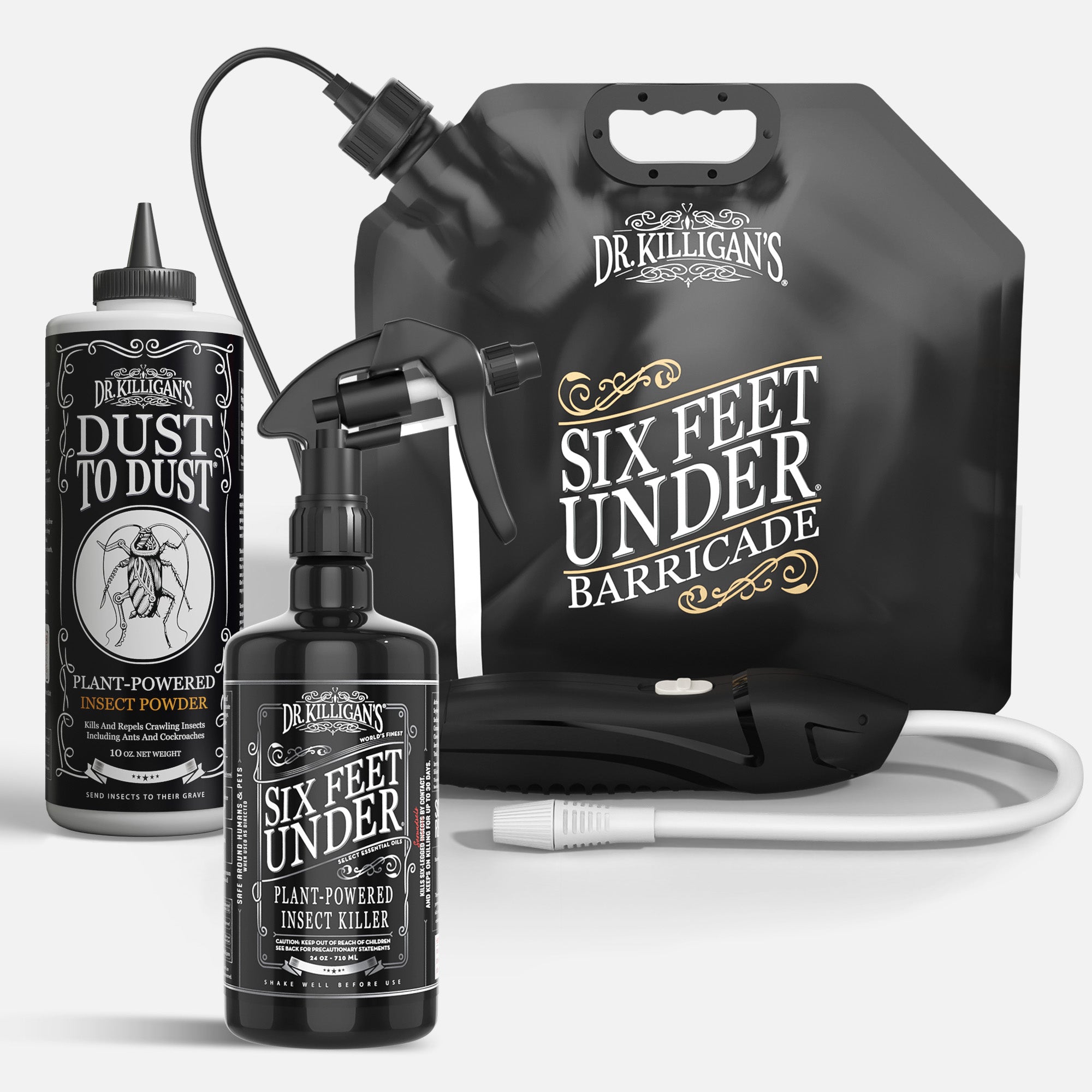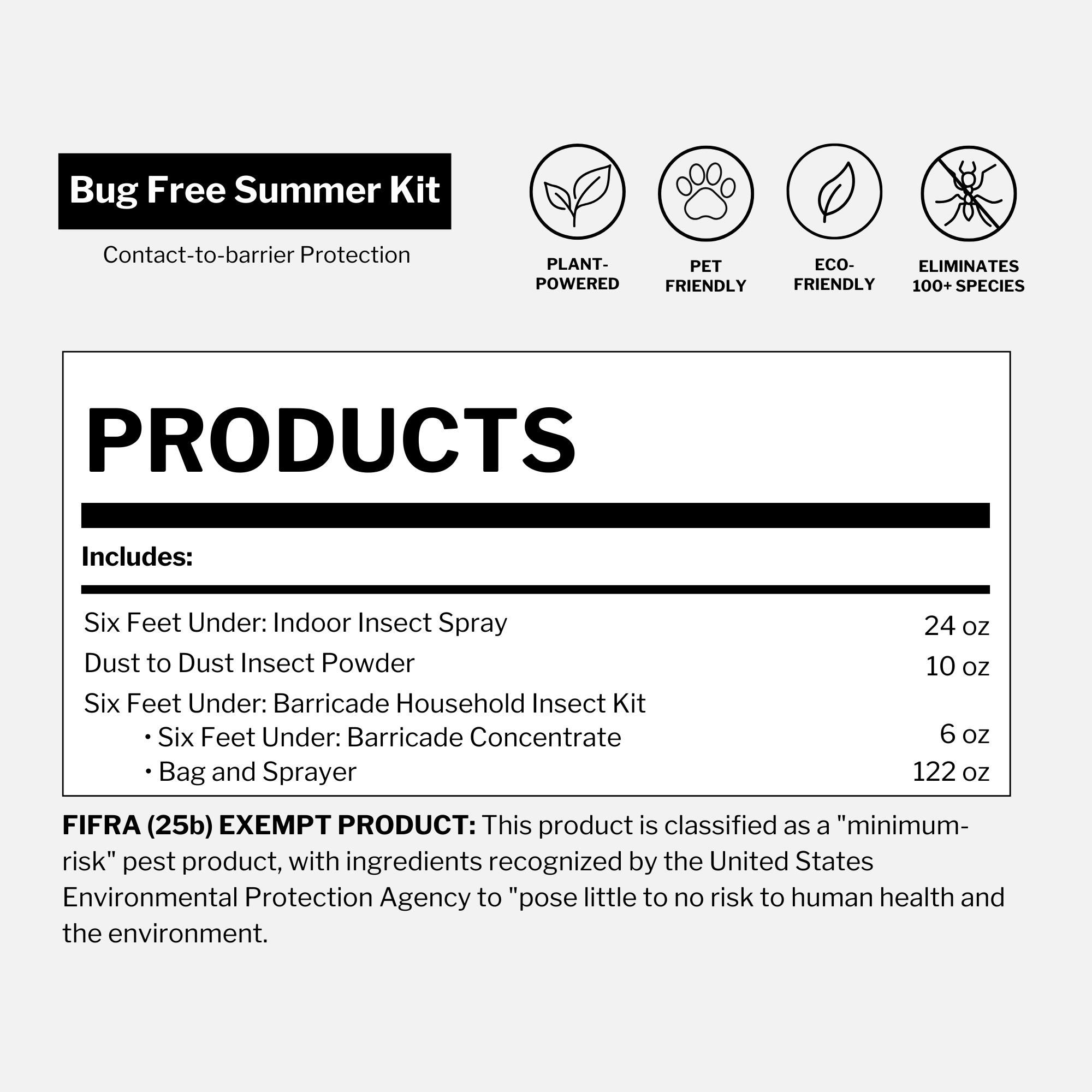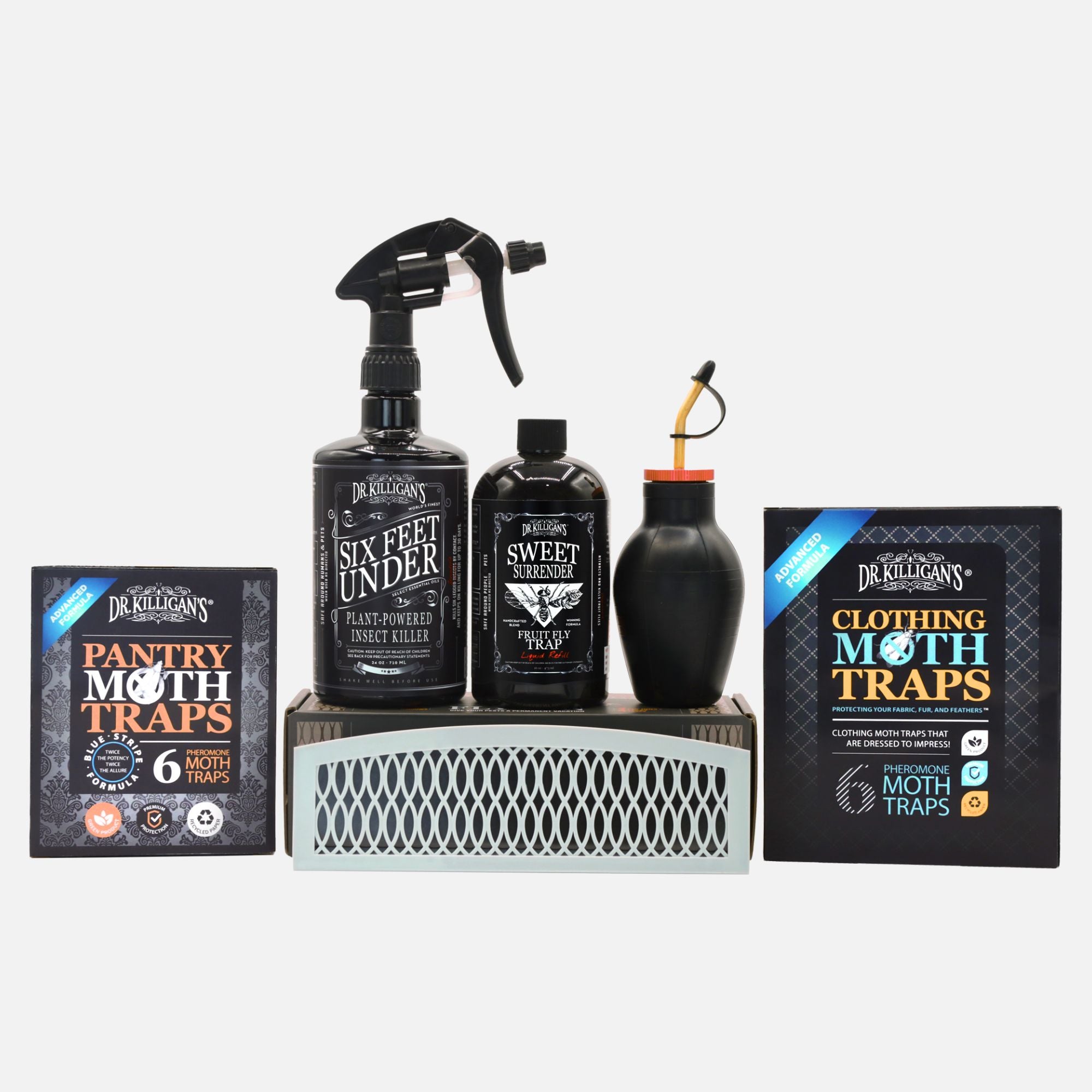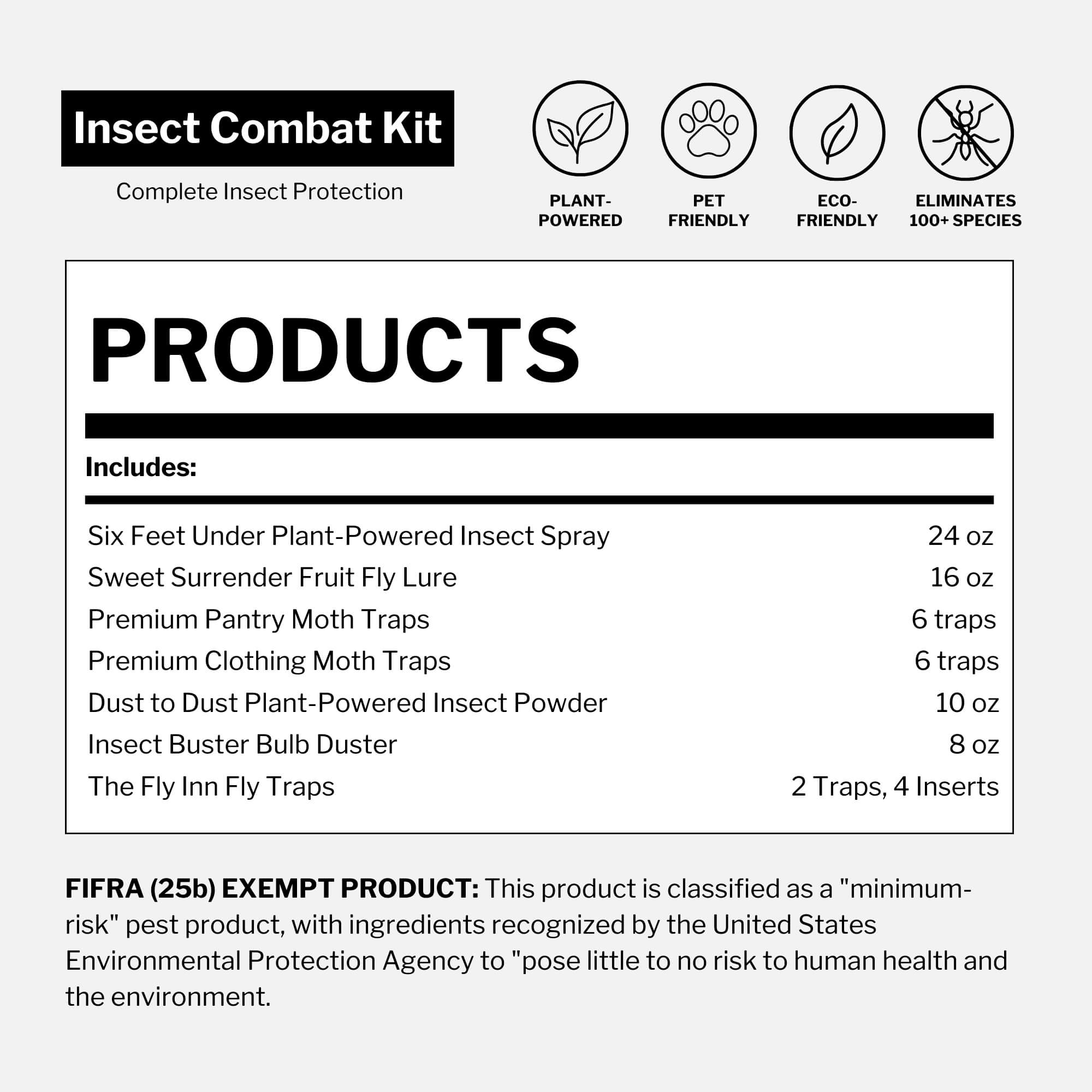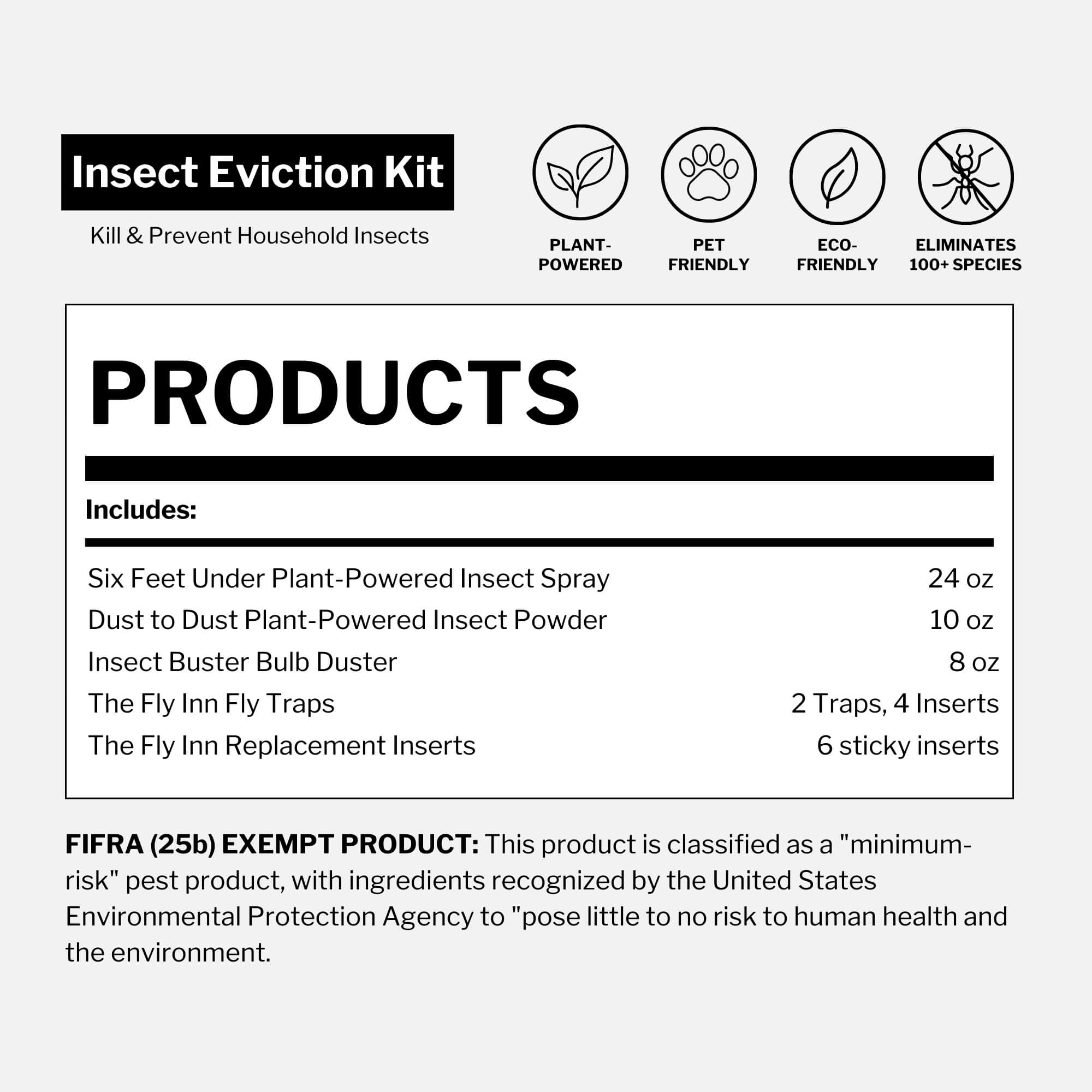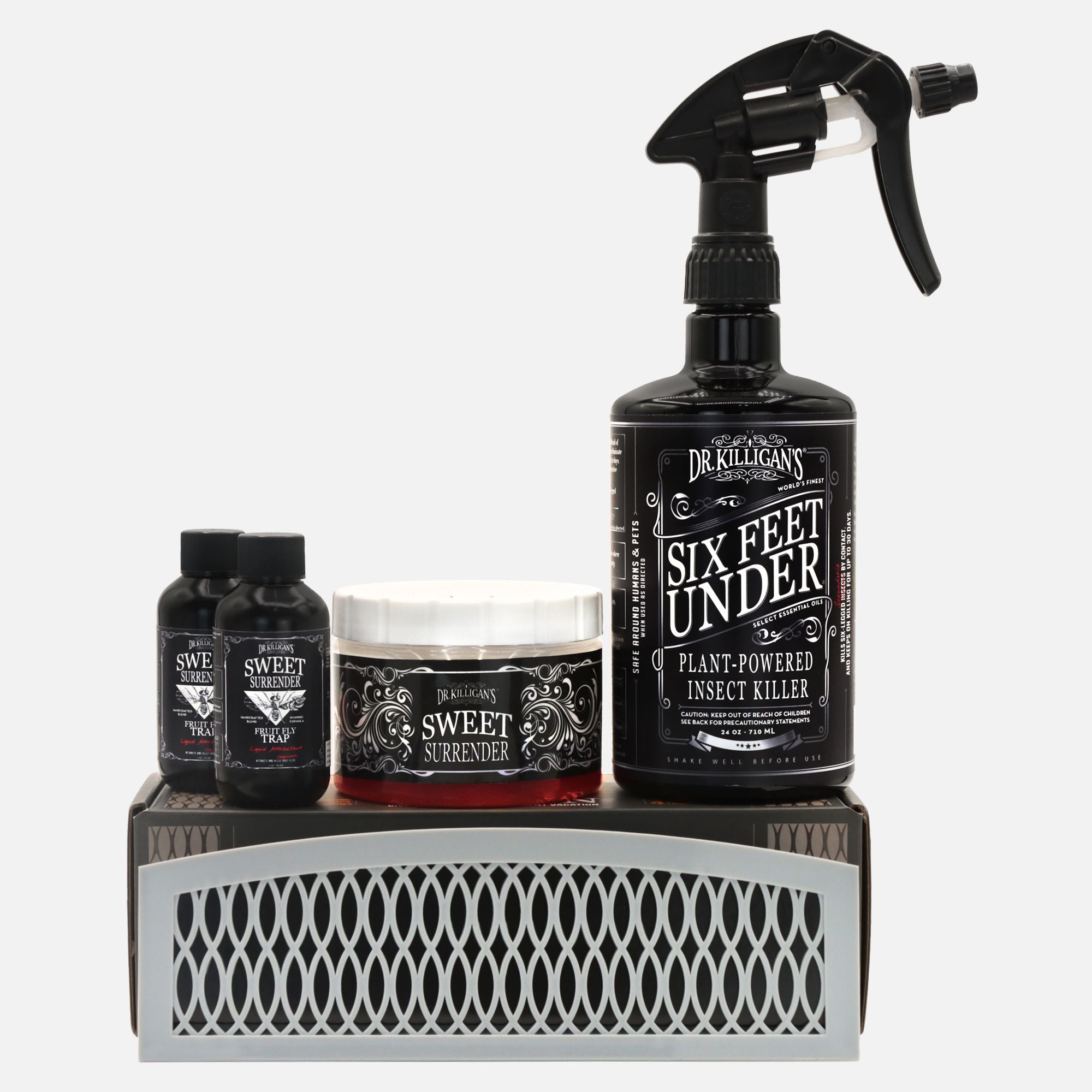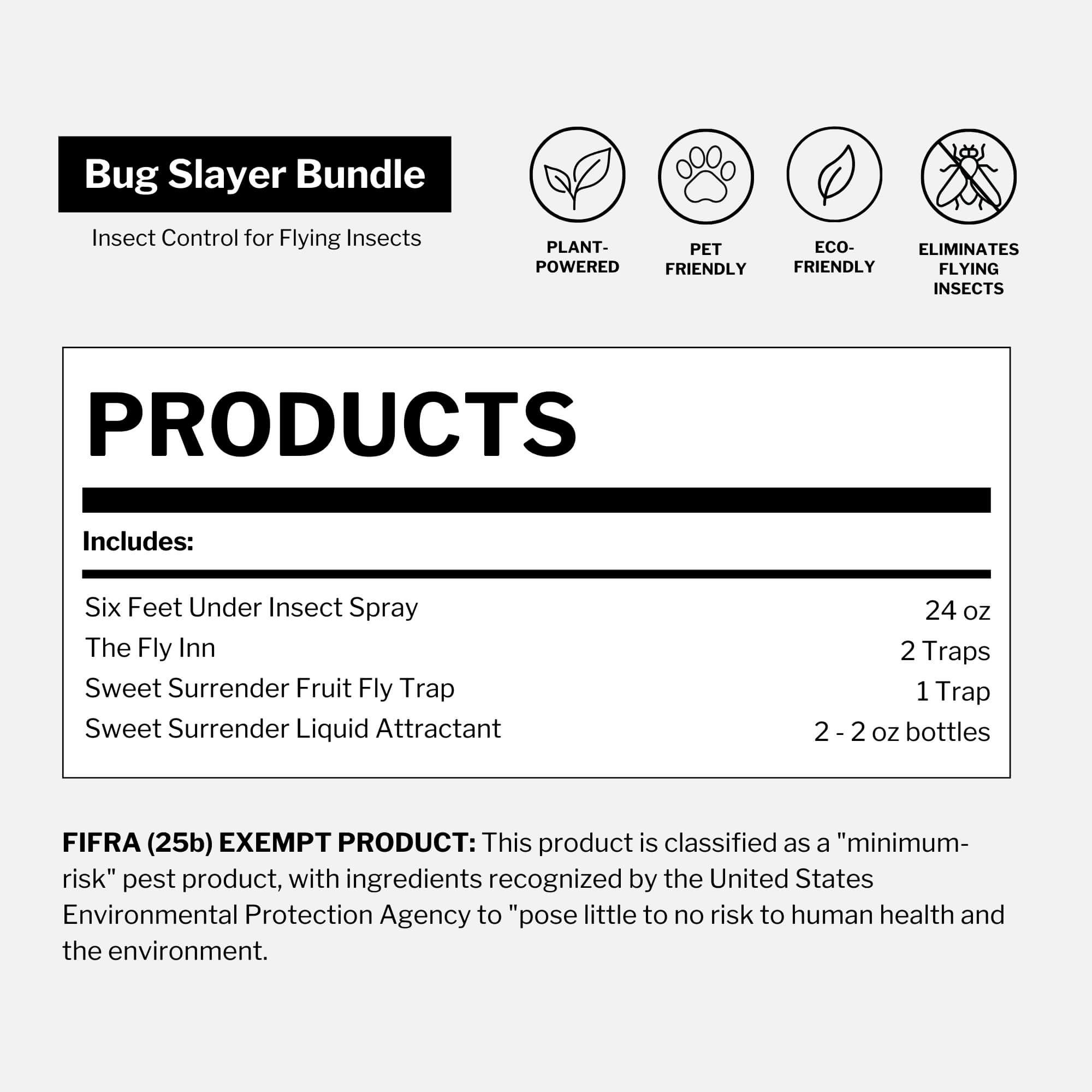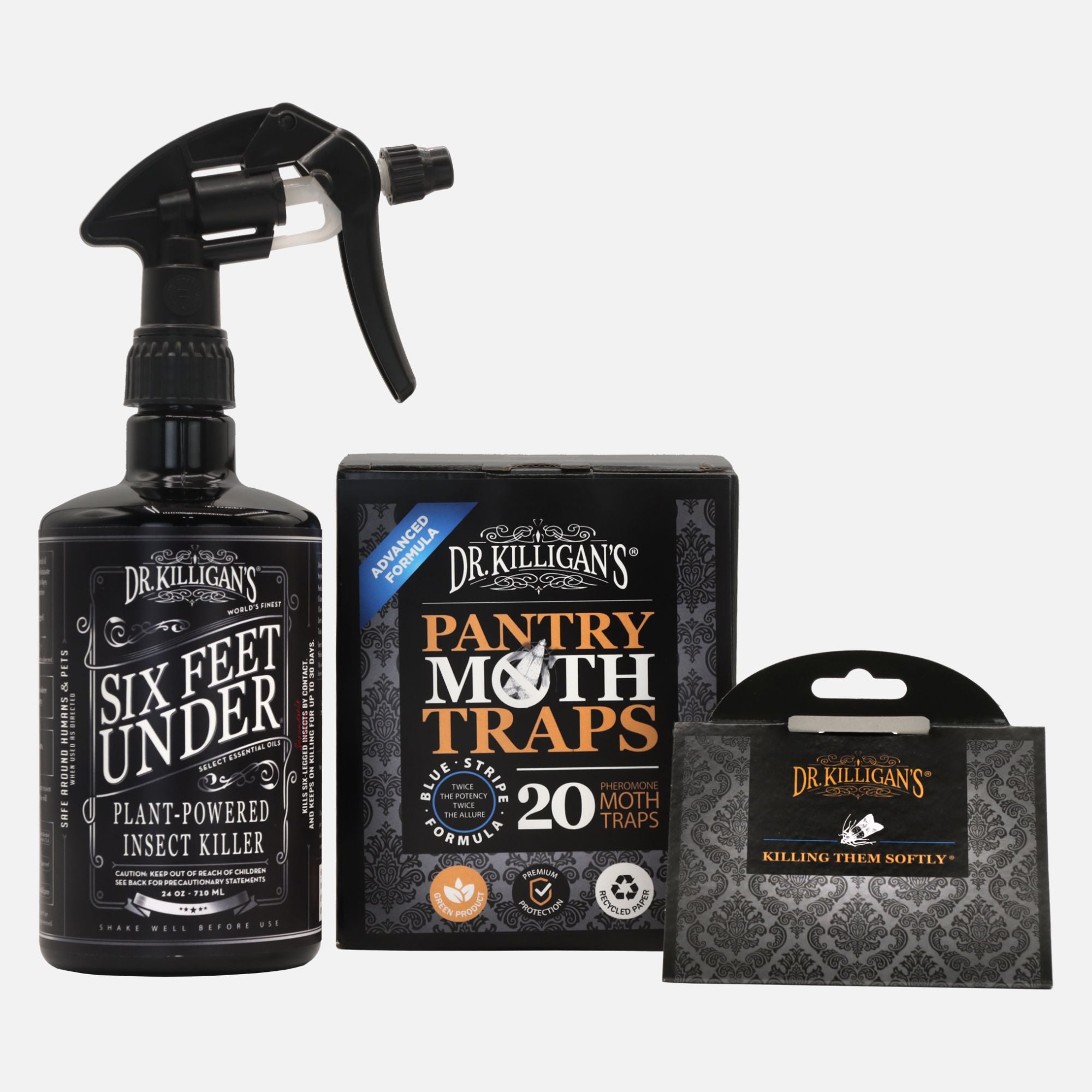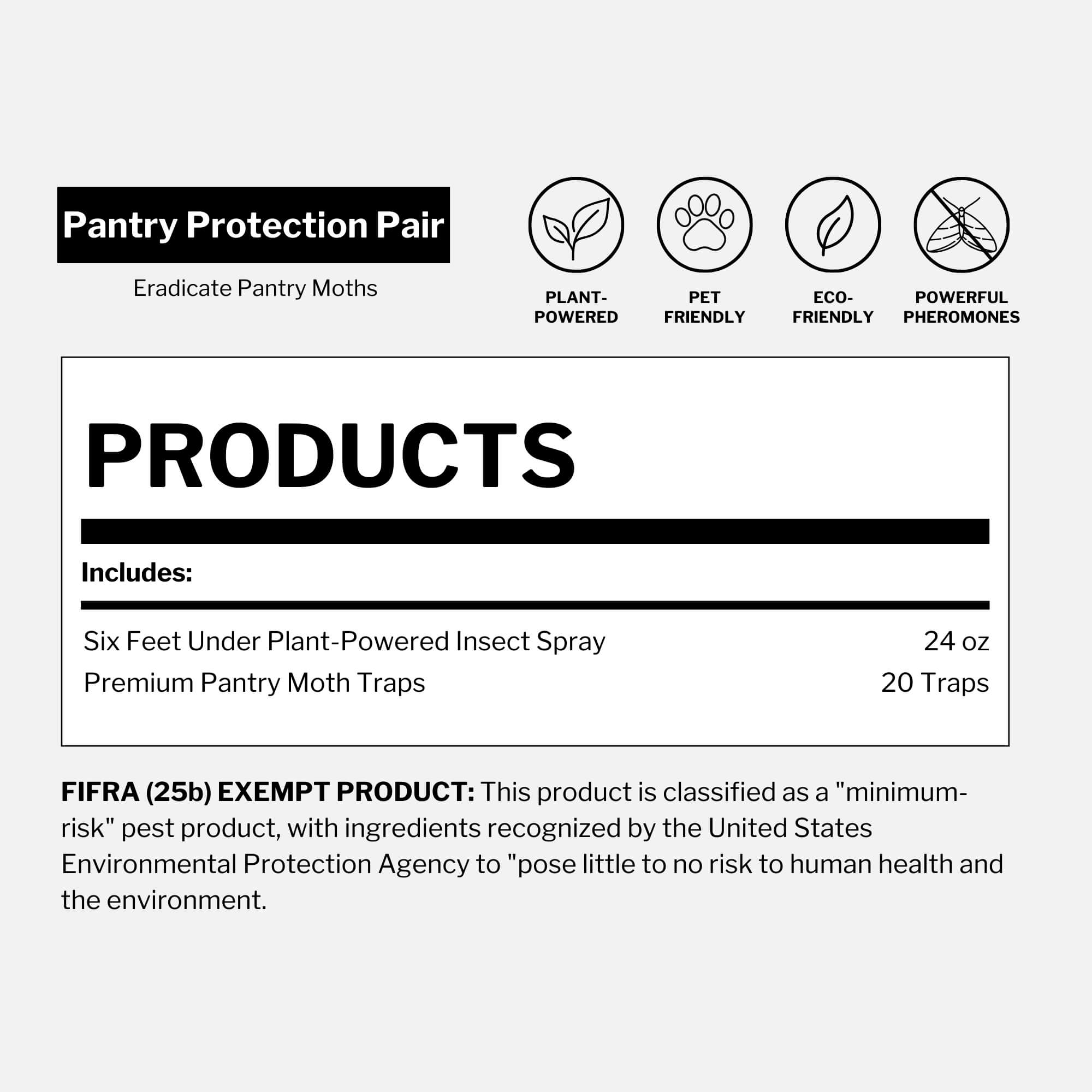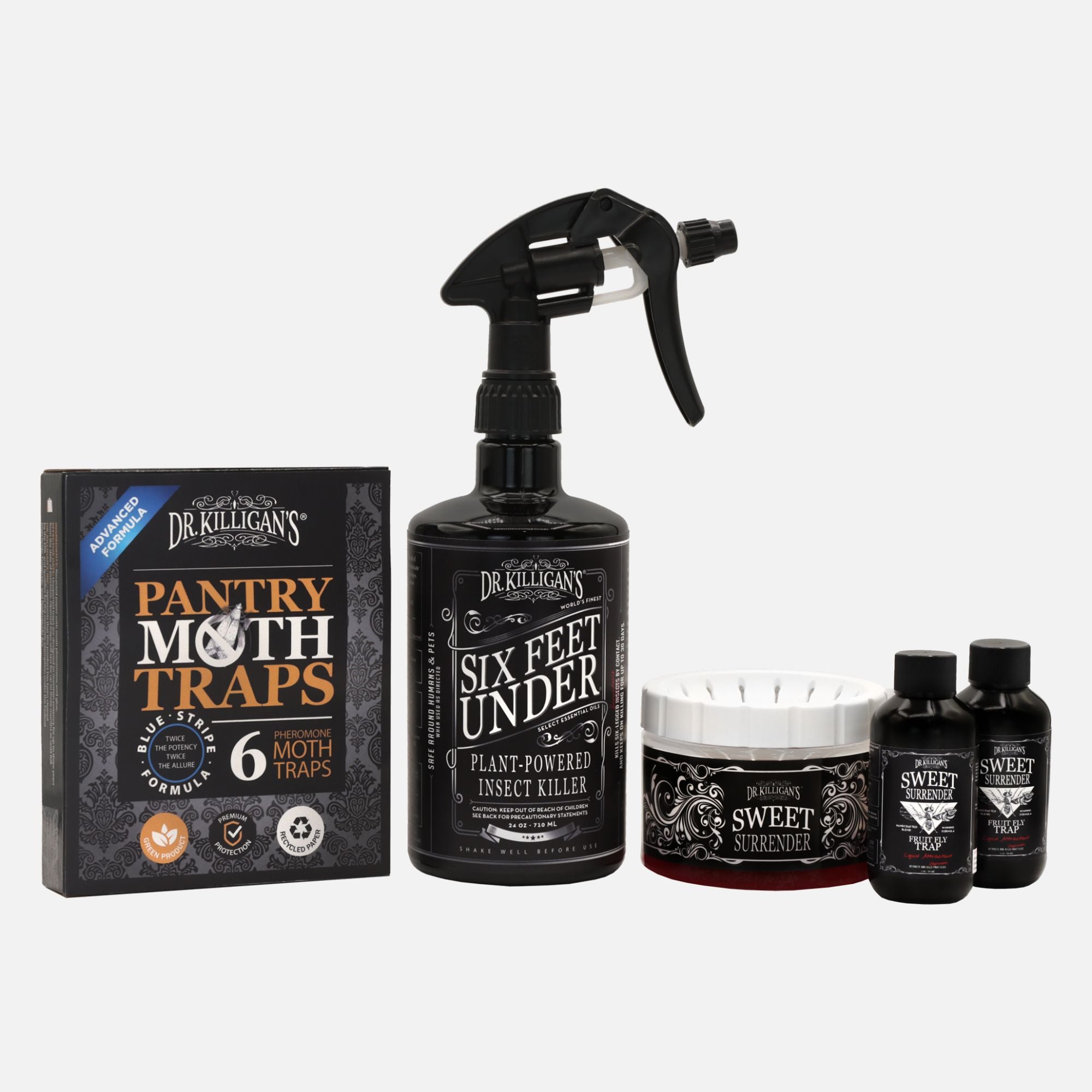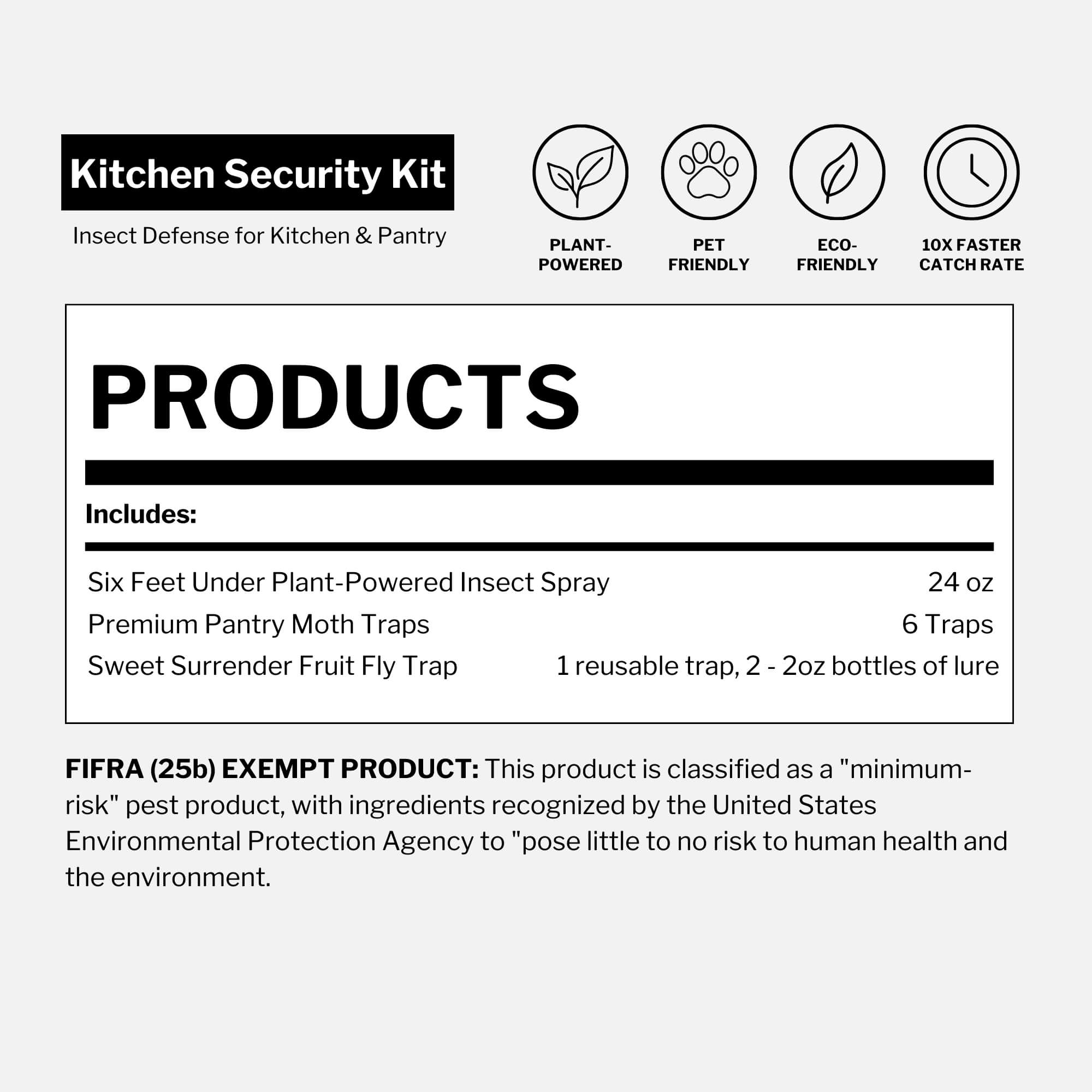Updated on May 9th, 2025
A minute frog perched on the top of the doorknob outside my suite. For a brief moment, I wondered, "Was it real?" Standing there, as stock-still as a statue, I was truly dumbfounded. While the tiny frog looked very lifelike, it wasn’t moving. I reached down into my pocket for a magnifying glass, my fingers slowly clasping the handle. Grasping it tightly, my arm flinched; the frog hopped and then disappeared. Looking around me, my eyes adjusting to the light of the full moon, I noticed that these little green creatures were everywhere—on the sidewalk, in the planters, on the benches that lined the walkway.
Finally opening the door, I was impressed by the cleanliness of the room. Walking into the bathroom, I saw more signs of life. Three firebrats—with their awkwardly long antennae and tufts of brown scales—scurried to and fro in the bleach-white ceramic bathtub. Trapped, I let them be. I poured myself a glass of whiskey.
This was Zimbabwe. Insects and amphibians roamed this part of the world freely. But you don’t have to be in the tropics to find yourself surrounded by bugs—especially the kind that show up in your bathroom. Warm, damp spaces like sinks, tubs and drains attract all sorts of tiny intruders. Whether they crawl, jump or fly, finding tiny bugs in your bathroom can be a common—and frustrating—problem.
What are firebrats?

The common firebrat is shiny, a mottled gray or brown color and about ½ an inch long. It’s slender, wingless and soft-bodied. If you conjure this image up in your mind, it’s rather disturbing, isn’t it? To add to that bothersome image, imagine two willowy antennae—each of which is so lengthy that it reaches out beyond the entire length of the firebrat’s body—and three thin tail-like appendages (on the other end of the body) that extend quite far out too.
Firebrats prefer higher temperatures, require some humidity and can be found in bakeries and near boilers or furnaces. Because they have enzymes in their guts that digest cellulose, their diet is quite extensive, ranging from book bindings and dog food to flour, cotton and wood.
They can contaminate food, damage paper goods and stain clothing. That, I believe, is sufficient knowledge to get rid of them. Unfortunately, these small bugs in bathrooms often go unnoticed until they’ve caused damage.
Bathroom bugs identification guide
From tiny black bugs to brown crawling insects, bathrooms are a magnet for pests of all shapes and sizes. Here’s how to identify the four most common bathroom bugs—drain flies, cockroaches, gnats and silverfish.
Drain flies
Drain flies are among the most common tiny black bugs in bathroom settings. These winged pests feast on organic decay inside your drains. Their presence is frequently an indicator that a plumbing problem exists. Drain flies often enter from a break in the sewer’s main line or through dry, infrequently used drain taps.
How to identify drain flies

- Size: 4-5 mm (which ranges from 1 penny and 2 dimes stacked on top of one another to 3 quarters)
- Looks: Fuzzy-like appearance, as their body and wings are covered with long hairs
- Shape: Very long antennae and appendages
- Flight: Drunk-like
- Types: No variants
Cockroaches
Cockroaches thrive in dark, damp places. Though their species number in the thousands, there are only a few you’ll likely encounter. This detested pest wants to hide and multiply. Bathrooms, even those that are tidy, are ideal breeding grounds for them as they supply all that a cockroach needs: food (they’ll eat soap and human cells), water and a habitat.
In terms of identification, I believe we’re already all too aware of what these pests look like.
Gnats
Gnats may look like baby insects, but they're fully grown adults—just incredibly small. They can slip through tiny cracks in windows or doors and quickly take up residence indoors. Though they're often found in kitchens, gnats in bathrooms are a frequent issue due to the abundance of moisture and organic buildup. If you're wondering, "Why do I have gnats in my bathroom?"—the answer often lies in damp sinks, clogged drains, wet shower curtains or even potted plant soil, all of which provide ideal breeding conditions.

How to identify gnats
- Size: 3-6 mm (which ranges from stack of a dime and a penny to a stack of two quarters and two dimes)
- Looks: Slender and delicate-looking with long wings and spindly legs
- Shape: Very thin, mosquito-like
- Flight: Weak fliers, appear to fly aimlessly
- Types: The three most common types you’re likely to find in your home are fungus gnats, fruit flies and drain flies (phorid flies)
Silverfish
If you’ve spotted small brown bugs in the bathroom that move like tiny fish or jump suddenly, you’re likely dealing with silverfish. These insects have metallic-colored scales, a tapered shape and a distinctive, fish-like wriggle. Their diet is broad, but they particularly favor carbohydrates—feeding on sugar, paper (including book bindings), hair, plaster, photos, carpet and even clothing. Silverfish bugs in bathroom areas are especially common, as they thrive in damp, dark spaces like around sinks, toilets and wet corners of tubs and showers.
How to identify silverfish
- Size: 13 mm (about ½ inch) long
- Looks: Long, silver and flat, with 3 long bristle-like appendages coming off the back of the body and a long pair of antennae
- Shape: Tear-shaped
- Flight: Wingless, but they can jump up to two feet vertically
- Types: There are three species, but the firebrat is the primary house-invading silverfish.
Why are these bugs in my bathtub (or sink or bathroom)?
Many of these pests—often referred to as moisture bugs in bathrooms—thrive in damp, high-humidity environments with poor airflow, standing water and organic buildup. Here's what attracts the most common bathroom bugs:
- Silverfish (and firebrats): Prefer high humidity (75%+), warm temperatures and dark, undisturbed spaces.
-
Cockroaches: Seek out unkempt or damp areas like under toilets and behind showers, where moisture and soap residue accumulate.
- Gnats (especially fungus gnats): Love the constant moisture of sinks, showers and even wet shower curtains. Organic slime buildup is a breeding ground.
- Drain flies: Thrive in standing water inside bathroom pipes and feed on decaying organic matter in drains.
How do I get rid of very tiny bugs in the bathroom?

Let’s explore how to get rid of very tiny bugs in the bathroom using a combination of plant-powered treatments, targeted DIY solutions and smart prevention tactics. Whether you're dealing with drain flies, gnats, cockroaches or silverfish, here’s how to eliminate them at the source.
Getting rid of drain flies
Spray any visible drain flies with Six Feet Under, a fast-acting plant-powered insect spray.
To eliminate larvae and eggs living deeper in the drain, use this DIY treatment:
- Mix 1/2 cup salt and 1/2 cup baking soda, then pour it into the drain.
- Follow with one cup of white vinegar. This mixture will foam and break down the buildup.
- Let sit for at least 12 hours (overnight is ideal), then flush with hot water to remove any remaining residue and larvae.
Getting rid of cockroaches
For a thorough and lasting approach, use the Insect Buster to apply Dust to Dust into areas cockroaches frequent—such as baseboards, beneath sinks and behind toilets. Reapply the treatment weekly until there are no further signs of activity, keeping the area as dry and clean as possible.
Getting rid of gnats
To address a gnat infestation, especially if you have potted plants in the bathroom, follow the guidance from Why do I have gnats in my plants for treating soil-based breeding zones. Be sure to spread a thin, even layer of Dust to Dust on the topsoil of your plants to kill larvae and prevent further breeding. In addition, reduce excess moisture in drains and sinks—common gnat hotspots—and use Six Feet Under to kill adult gnats on contact.
Getting rid of silverfish
Apply Dust to Dust with the Insect Buster in areas where you've seen silverfish activity—typically near tubs, under sinks, behind toilets or along floorboards where moisture lingers. When you encounter one directly, spray it with Six Feet Under for a quick, on-contact kill. Be thorough, as silverfish often hide in dark, humid crevices. Focus on hard-to-reach corners to break their hiding and breeding cycle.
Frequently Asked Questions
Q: Why are tiny bugs in my bathroom?
A: Tiny bugs are attracted to the warmth, moisture and organic debris found in bathrooms. Drains, wet towels and dark corners provide the perfect breeding ground.
Q: What are the tiny black bugs in my bathroom sink?
A: These are often drain flies or fungus gnats. They thrive in organic matter buildup inside pipes or around wet sink areas.
Q: How do I get rid of very tiny bugs in my bathroom?
A: First, identify the bug type—whether it’s gnats, drain flies, silverfish or cockroaches. Then, clean thoroughly, reduce humidity and use plant-powered solutions like Dust to Dust and Six Feet Under.
Q: Are silverfish bugs in the bathroom harmful to humans or pets?
A: While not dangerous to humans or pets, silverfish can damage paper, fabric and glue-based materials. They love damp, dark environments like bathrooms.
Q: What causes small brown or black bugs to appear in bathrooms?
A: High humidity, standing water and lack of ventilation can attract crawling and flying insects. Even well-cleaned bathrooms can harbor bugs if moisture levels are high.
Q: Do these bugs mean my bathroom is dirty?
A: Not necessarily. Many bugs are drawn to moisture, not mess. However, keeping your bathroom dry, clean and ventilated is key to preventing infestations.
Still seeing bugs? Explore Dr. Killigan’s full line of plant-powered pest control solutions.



